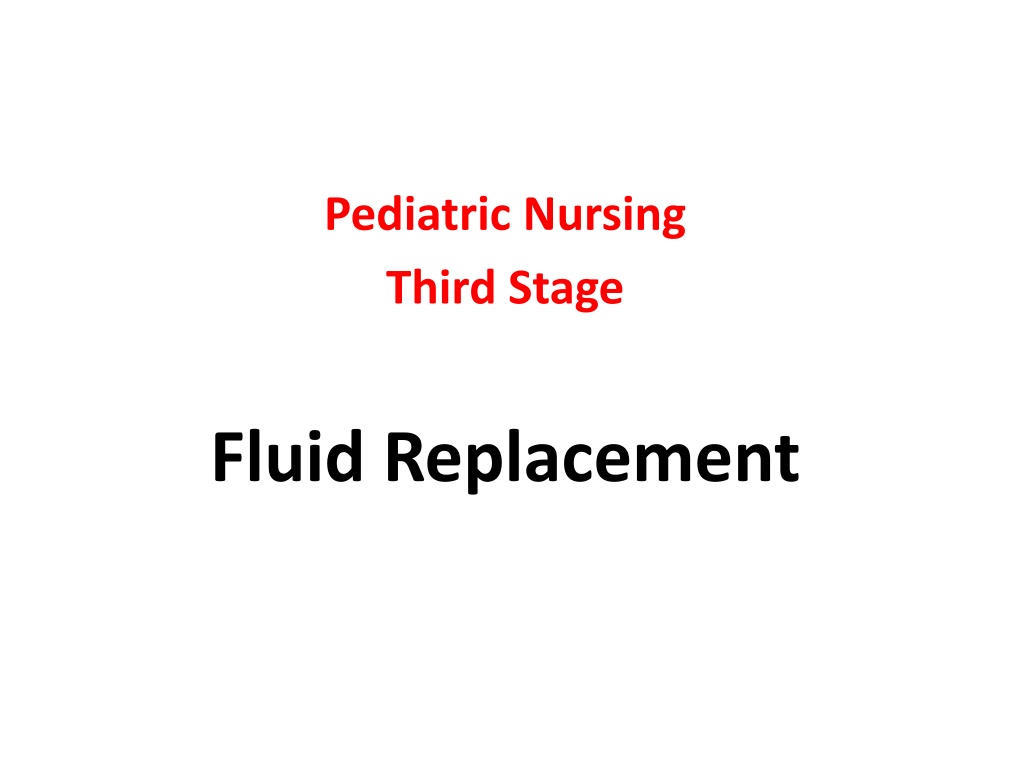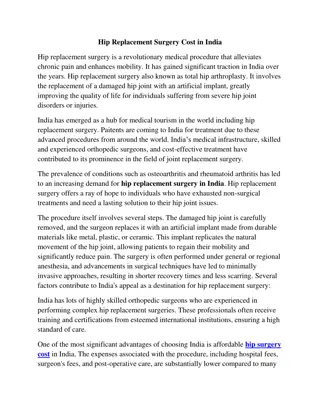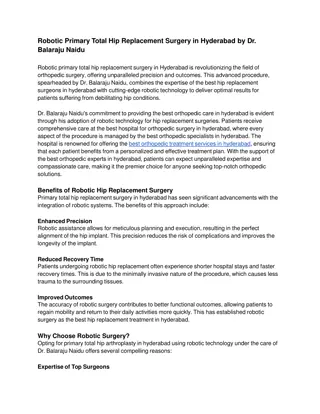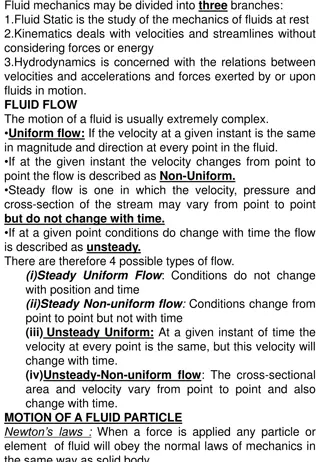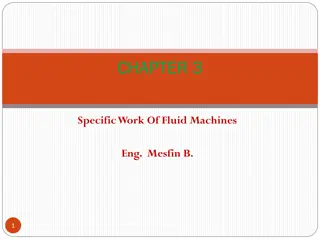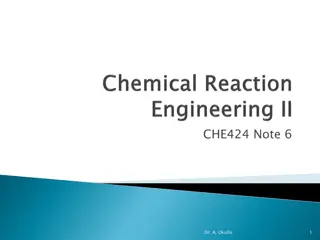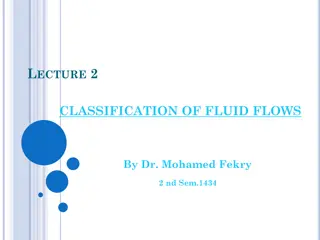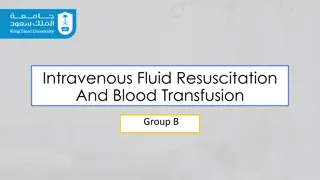Fluid Replacement
This content covers various aspects of pediatric nursing related to fluid replacement, including fluid calculation for intravenous infusions, fluid requirements based on age groups, calorie calculation of intravenous fluids, fluid compartments in infants, fluid losses, and factors influencing insensible fluid loss. It provides insights into managing fluid balance in pediatric patients.
Download Presentation

Please find below an Image/Link to download the presentation.
The content on the website is provided AS IS for your information and personal use only. It may not be sold, licensed, or shared on other websites without obtaining consent from the author.If you encounter any issues during the download, it is possible that the publisher has removed the file from their server.
You are allowed to download the files provided on this website for personal or commercial use, subject to the condition that they are used lawfully. All files are the property of their respective owners.
The content on the website is provided AS IS for your information and personal use only. It may not be sold, licensed, or shared on other websites without obtaining consent from the author.
E N D
Presentation Transcript
Pediatric Nursing Third Stage Fluid Replacement
Fluid calculation to find a number drops per minute during the infusion of intravenous fluids, uses fallowing formula. ????? ????? ???? ( ?) ??? For example: when an infusion of 500 ml for a patient suffering from diarrhea through 4 hours. what is the droplet per minute?. 500 4 15 60 60= 125 1 1 4= 125 4= 31.25 close to 31 per mint.
Fluid replacement Newborn, Infant: (3-10 kg). Requirement, 100 ml for each kg/day. Early childhood: toddler, preschool (10-20 kg). Requirement, 1000 ml+(50 ml/Kg for each kg > 10 of the child's weight). Late childhood: school age and adolescent (more than 20 kg) Requirement, 1500ml +(20* Overly 20 Kg of the child's weight).
Calculate of fluids calories If we want to calculate the calories produced by intravenous fluid, possible by using the following method. Total fluid / 100 x percentage of solute x product of the number of calories.
EX: the patient received 500 ml of G/W 5%. How many calories does the liquid produce?. 500/ 100= 5 5x5= 25 50x4= 100 kcal
Fluids output The fluid compartments in the infant vary significantly from those in the adult, primarily because of an expanded extracellular compartment. The infant loses a considerable amount of fluid in the first few days after birth.
Fluid losses may be divided into sensible, urinary, and fecal losses and vary with the patient s age. Approximately two-thirds of insensible water losses (IWL) occurs through the skin, and the remaining one third is lost through the respiratory tract.
Environmental heat and humidity, skin integrity, body temperature, and respiratory rate all influence insensible fluid loss. Fever increases insensible water loss by approximately 7 ml/kg/24 hr. for each 1 degree rise in temperature above 37.2 . The child excretes approximately 1-3 ml/kg/ hr.
Type of milk There are three types of milk which classified according to contents. Each 200 ml of milk, content: protein CHO fat 1- free fat milk: 8g 12g 1g 2- low fat milk: 8g 12g 5g 3- whole milk: 8g 12g 8g
Calculate of milk calories -Free fat milk: 8x4 + 12x4 + 1x9 = 32 + 48 + 9 = 89 kcal. -low fat milk: 8x4 + 12x4 + 5x9 = 32 + 48 + 45 = 125 kcal. -whole milk: 8x4 + 12x4 + 8x9 = 32 + 48 + 72 = 152 kcal.
Nursing diagnosis 1-Imbalanced nutrition, less than body requirements, r/t a gastrointestinal disorder. 2-Risk for deficient fluid volume related to diarrhea or vomiting. 3-Risk for impaired skin integrity r/t presence of diarrheal stool on skin. 4-alter fluid and electrolyte r/t deficient absorption. 5- Risk for aspiration r/t Stomach contents coming out
Drug Calculation Each 1000 mg of antibiotics and most drugs powder solve with 10 ml. 500 mg solve with 5 ml. The order, administering of 350 mg ampicillin vial for patient have pneumonia. Dose no hand Desired Dose = Amount on hand Desired amount
500 mg 350 mg = 5 ml Desired amount 350 mg x 5ml 500 mg x Desired amount 350 100 Desired amount = 3.5 ml
Calculate the dose of child To obtain the child dose can that, It by uses the following formula 1- Clarcks method: adult dose x child weight 70 500 mg x 12 kg 70 = 85 mg.
2- Young Rule: adult dose x Child age Child age +12 500 x 10 5000 = 10+12 22 = 227 mg
Lecturer Assistant Kareem Al-khafajy
